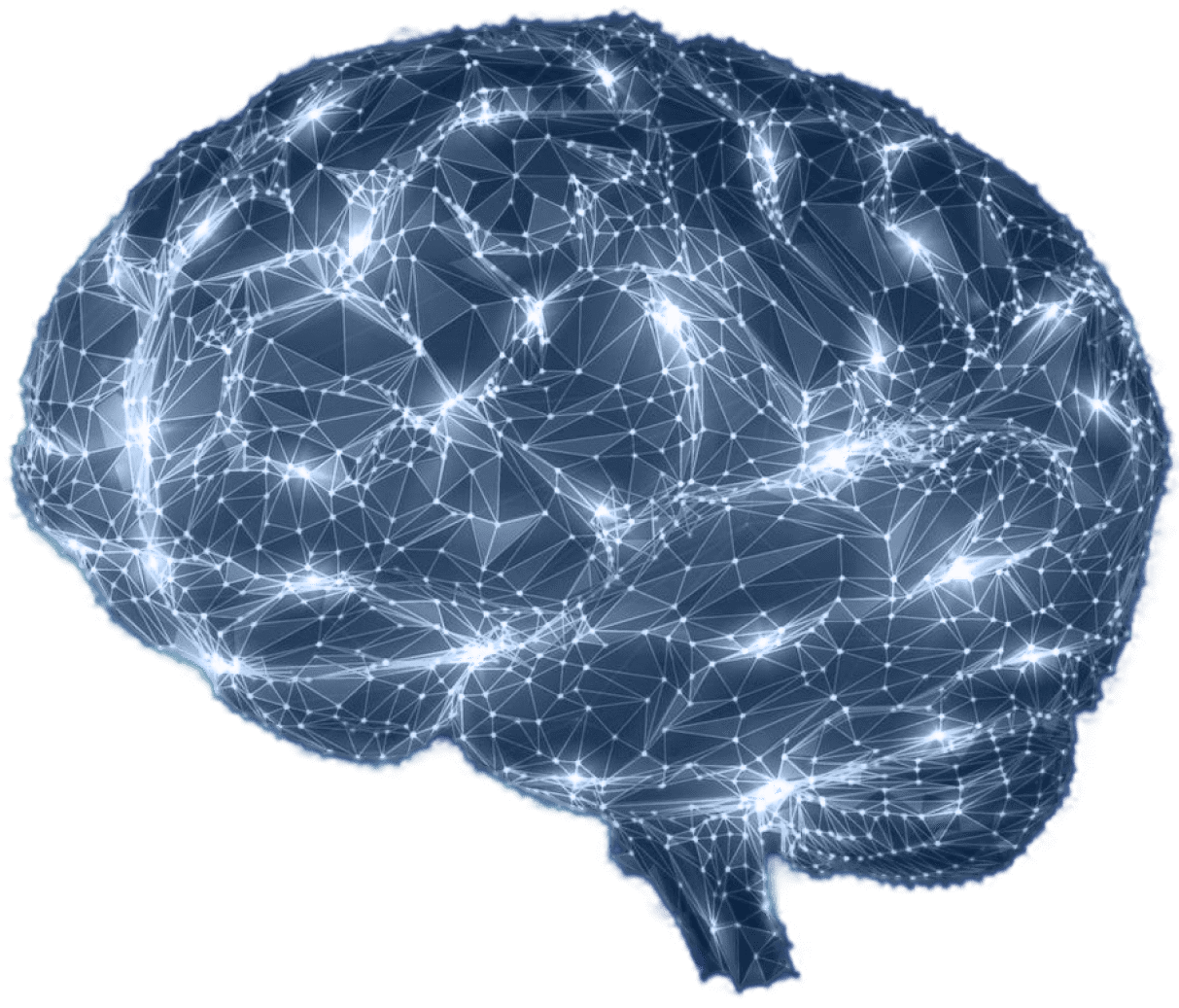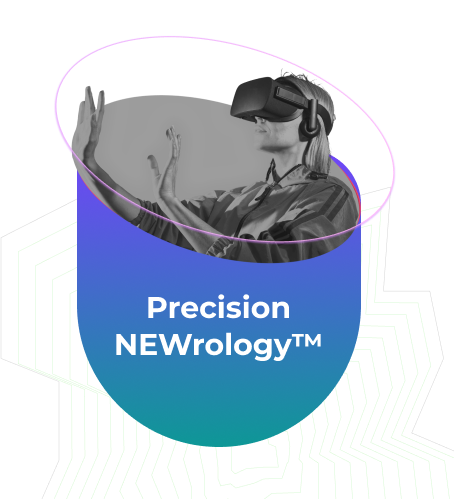ViewMind uses ocular digital phenotyping, through the use of a Head Mounted Display (HMD) device and statistical models to evaluate brain health, providing precise measurements of various cognitive domains and their associated brain regions.









Dr. Fernandez conducted research at some of the world’s leading institutions, including in Argentina, the United Kingdom, the United States, and Germany.
ViewMind technology and proprietary tests shows remarkable accuracy as evidenced in 79 peer-reviewed publications with over 3,000 citations. It has been studied in thousands of patients across four continents in clinical trials, including a 4-year longitudinal study and a study in a familial population with Alzheimer’s disease.

Mario Parra, Juan Granada, Gerardo Fernandez
Alzheimers Dement (Amst), 2022



Traditional neuropsychological assessment tests are primarily concerned with behavioral response. Is the provided answer correct or incorrect? The majority of the cognitive decision-making signal is disregarded.
ViewMind’s technology analyzes every cognitive processing step based on eye-movement responses to visual stimuli. The signal fidelity is over a million times greater than traditional assessments.
ViewMind measures eye-movement responses to visual stimuli using a Head Mounted Display (HMD) device, which is more accurate compared to separate camera sensors, and which provides a highly controlled environment. Eye movement patterns change precisely and repeatedly based on alterations in cognition, like fingerprints, so having the most sensitive instrument for these measurements is key.

Head Mounted Display enables ViewMind to conduct an analysis of eye movement in a controlled environment, using high-fidelity equipment for the most accurate results.


Brain Health for Life
Easy to perform. Non-invasive.
Precision Neurology.
